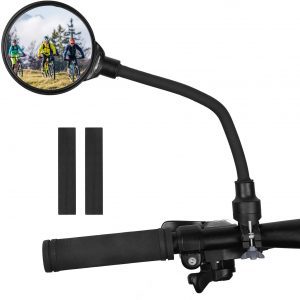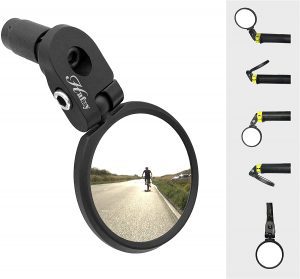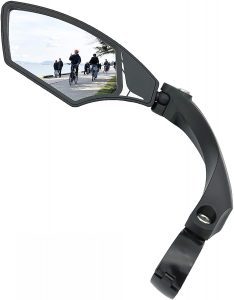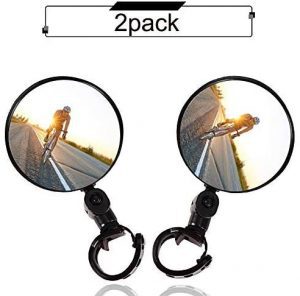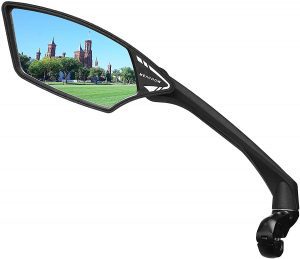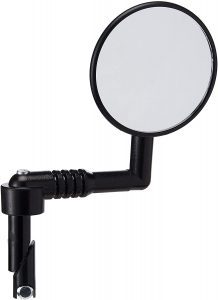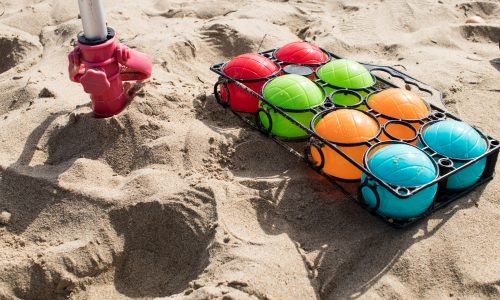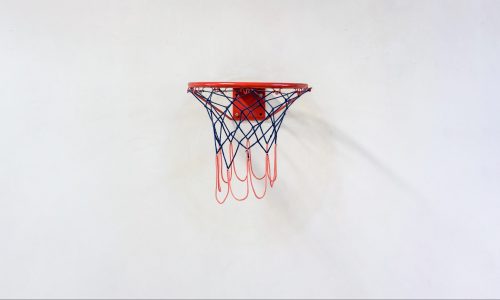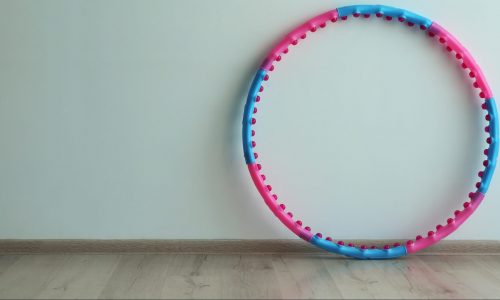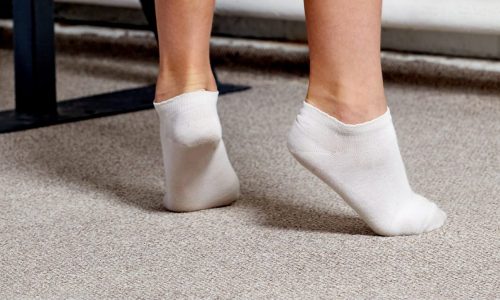The Best Bike Mirrors
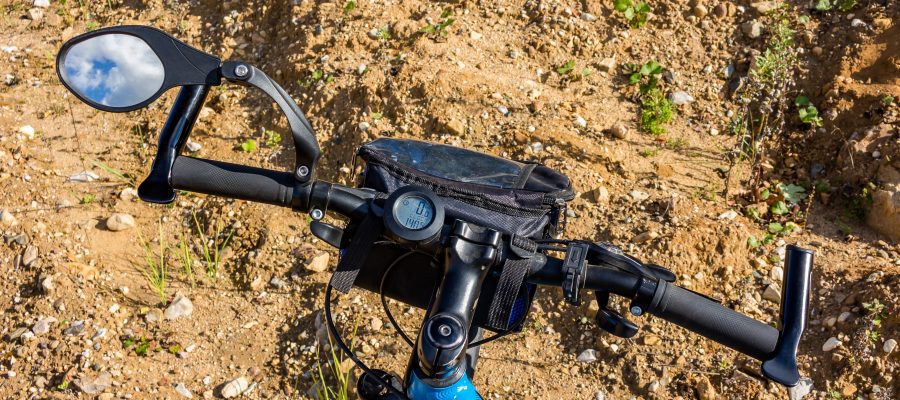
Our Review Process
Don't Waste Your Money is focused on helping you make the best purchasing decision. Our team of experts spends hundreds of hours analyzing, testing, and researching products so you don't have to. Learn more.
Our Picks For The Top Bike Mirrors
Made for handlebars sized from 22mm to 32mm, this bicycle mirror is a lightweight option that works for a variety of bikes. It comes with two antislip rubber gaskets to ensure it stays in place and it can be easily installed without the use of tools. A flexible pole gives you a wide variety of viewing angles to help you find the one that keeps you ...
Easy to InstallNo tools are required to install this mirror, which works with a variety of mountain bikes.
This bike mirror can be installed on either the left or right handlebar to help you keep an eye on your surroundings while you ride. The lens is made from unbreakable stainless steel to hold up even under direct impact with an object. It's made to fit handlebars with an inside diameter of 14.8mm to 23mm.
For Rugged RidesWith its unbreakable stainless-steel lens, this mirror can withstand impact, making it an extra-durable option.
High-definition performance ensures you get the best views as you're cycling. The glass lens is automotive grade and the nylon and fiber frame give it extra durability. The clamp can fit handlebars from 21mm to 26mm, but it doesn't fit drop bars.
Attractive LookThe sleek, sporty look of this mirror makes it a great fit for any bike.
With 3D adjustability, you can easily find the perfect angle with this mirror. The mirror features polished treatment and is both waterproof and dustproof to remain clear throughout use. The design eliminates blind spots to help keep you safe.
Versatile OptionThis mirror can work with a wide range of handlebars, including those on e-bikes, MTBs, electric scooters and motorcycles.
Buying Guide
The number of preventable bicycling deaths increased 37% over the past decade, but that’s the bad news. The good news is that the number of preventable injuries dropped 40%. There are now so many safety features available to bicyclists that you can do a lot to reduce your risk of death or injury on the road.
In addition to helmet use, which can drop your risk of head injury by 60%, a good rearview mirror on the handlebar can help you keep an eye on the road behind you. As with motor vehicles, these mirrors are designed to alert you to vehicles approaching from behind. In your peripheral vision, you can see a vehicle in plenty of time to move out of the way. Overall, though, bike mirrors simply help keep you aware of your surroundings at all times.
There are three different types of bike mirrors, each with its own unique advantages.
- Bar end mirrors: This type of mirror mounts to the very tip of your drop handlebar, keeping it out of the way while also giving you visibility. These mirrors are smaller in shape, which makes them unobtrusive, but that also means you won’t get the field of vision you get with other mirror types.
- Helmet and sunglass mirrors: This mirror attaches to either your helmet or your sunglasses, keeping it in your line of vision at all times. Although these mirrors can be handy, bear in mind that they’ll still be connected when you take your helmet or sunglasses off. That can make storage tricky and increase the risk you’ll lose your mirror somewhere along the way.
- Handlebar mirrors: With this mirror, you get a clamp that you use to attach it to your bicycle’s handlebars. This allows you to go with a larger bike mirror with more adjustability, which can enhance your field of vision and help reduce those blind spots.
What to Look For
- Not all bike mirrors are universal. You’ll need to look at the handlebar circumference they can handle. Some are designed more for mountain bikes, while others are made for road bikes. You’ll find that some are even made for a specific make and model of bike.
- Installation can vary in difficulty. Some simply clamp on, while others will require tools.
- Slippage is an issue with some bicycle mirrors. If you want a mirror that stays in one place after you attach it, look for one with built-in features to make that happen, including rubber gaskets or knobs you can tighten.
- Not all bike mirrors are fully adjustable. Consider the range you’ll be able to rotate your mirror to make sure it will give you the full view you need.
- Bike mirrors can be knocked around with regular use. You’ll want one with a design that can stand up to the occasional bump. Some can even withstand a collision with another object. You’ll definitely want a bike mirror that can absorb the shock your bike will encounter on bumpy paths.
- The look of bike mirrors can vary. Some have a sportier look, while others are designed to maintain a low profile.
- Consider the weather your bike mirror will endure over time. Obviously, you’ll want one that can handle the occasional rainstorm, but if you store it outdoors, it will need to be able to withstand hours of direct sunlight and even unexpected weather events like sleet and hail.
- Glare can turn your mirror into a safety hazard. Some bike mirrors build in antiglare lenses to keep you safe. This also helps cut down on eye strain.
- Where you install the mirror matters. You may find putting it near the grip is best. Play around with different placements and angles until you find the one that gives you the best view when you’re comfortably seated.
More to Explore
Bicycling is good exercise, reduces reliance on fuels and cuts emissions. It also takes up less space: Up to 15 bicycles can be squeezed into the same space one car occupies, making it a great choice for cities with parking shortages. A bicycle also is good for your bank account. In addition to being cheaper to purchase, a bike is far less expensive to maintain than a car, with no need for fuel or oil changes.

